
Video
Cecil's frustration with racial barriers in his dream of becoming an architect fueled his innovative spirit. He embarked on a journey of self-learning, eventually designing houses, including one with...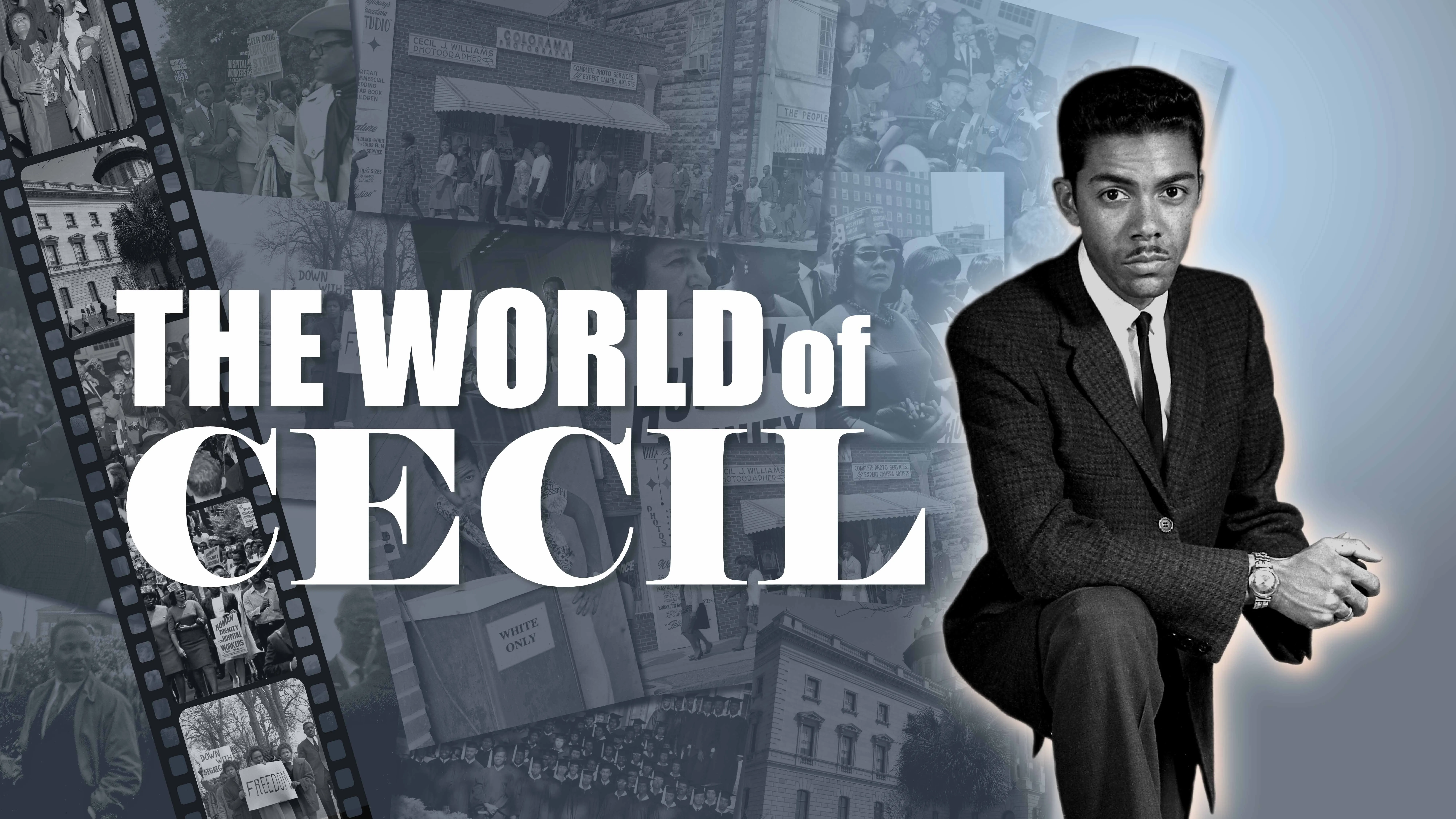
When the Civil Rights Movement in South Carolina hit its stride, Cecil Williams was there with his camera creating a visual record through marches, meetings, sit-ins, demonstrations and riots. A child of the movement, himself, Williams was both an active participant and a passionate observer and preserver of its history. It is a role he prepared for from childhood; a role he embraces, yet today.
Williams is outspoken in his belief that the Civil Rights Movement had its beginning in Clarendon County, South Carolina, and that South Carolina—especially his hometown of Orangeburg—played a critical and pivotal role on the national civil rights front, although its primacy and impact are little known and accorded scant recognition. Through publications, sharing his photographs, telling the stories—and most recently, creating a South Carolina Civil Rights Museum, Williams hopes to correct this oversight. The two-part documentary, The World of Cecil tells his story through glimpses of major events and people, illuminated by Cecil’s photographs. Along the way, we learn of the myriad talents and accomplishments of Cecil J. Williams, the man, who set out to help make the world a better place.

Video
Cecil's frustration with racial barriers in his dream of becoming an architect fueled his innovative spirit. He embarked on a journey of self-learning, eventually designing houses, including one with...
Video
Learn about the Briggs v. Elliott court case - The first in history to challenge segregation in public education. Joseph DeLaine, Levi Pearson, and Harry Briggs all played pivotal roles in this...
Video
This segment explores the early 1950s and the significant role South Carolina, particularly Clarendon County, played in the civil rights movement. It discusses Thurgood Marshall's arrival in South...
Video
Learn about Cecil Williams’s fascinating encounter with John F. Kennedy before he became President of the United States.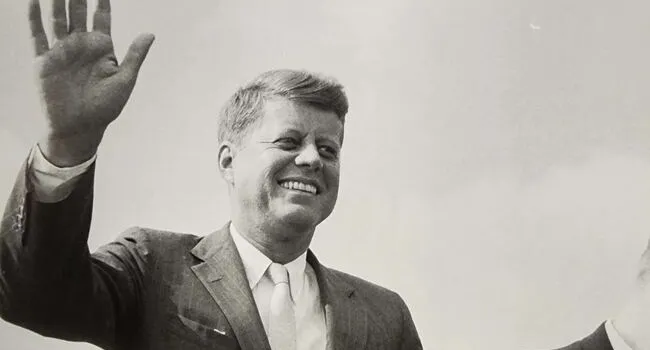
Video
This chapter focuses on Cecil Williams' fascinating encounter with John F. Kennedy before he became President. When Kennedy was making an announcement at the Roosevelt Hotel, Cecil, a photographer for...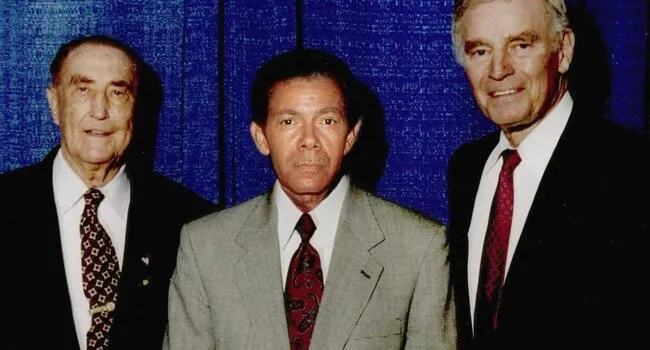
Video
This chapter explores the complex relationship between Cecil Williams and Strom Thurmond, a prominent figure in South Carolina politics with a history of segregationist policies. Cecil Williams, who...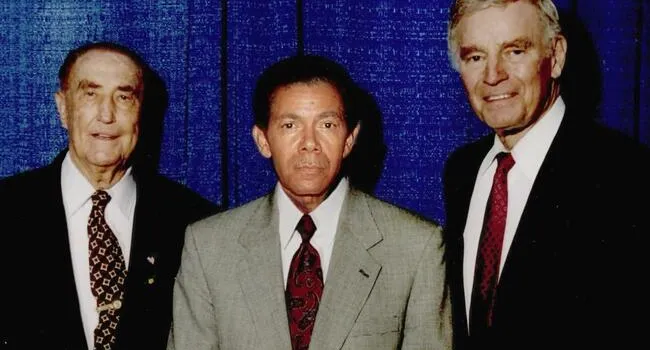
Video
Learn about the complex relationship between Cecil Williams and Strom Thurmond, a prominent figure in South Carolina politics with a history of segregationist policies.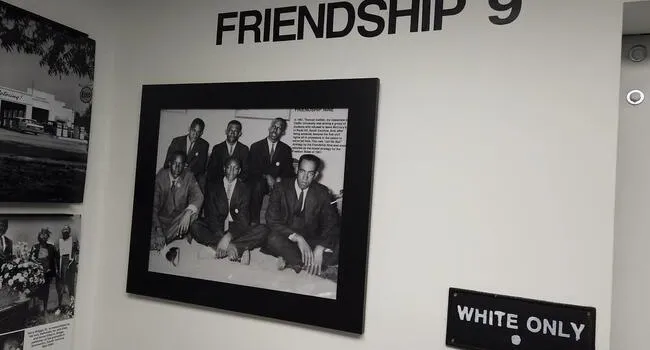
Video
Cecil Williams's SC Civil Rights Museum is a significant archive of civil rights history, preserving photographs and artifacts from the movement. Cecil Williams took on the role of curator, sharing...
Video
Harvey Gantt’s arrival at Clemson University in 1963 officially marked the end of segregation at the university. Equipped with his camera, Cecil Williams was there to capture that historic moment.
Video
This segment provides insight into Cecil Williams' early aspirations and his remarkable photography during pivotal moments of desegregation at Clemson University and the University of South Carolina...